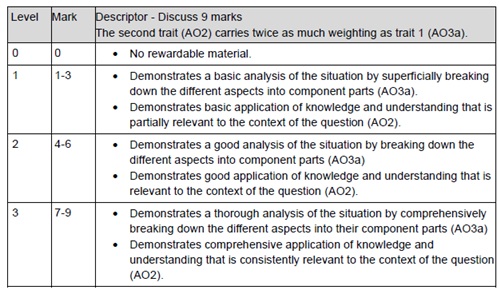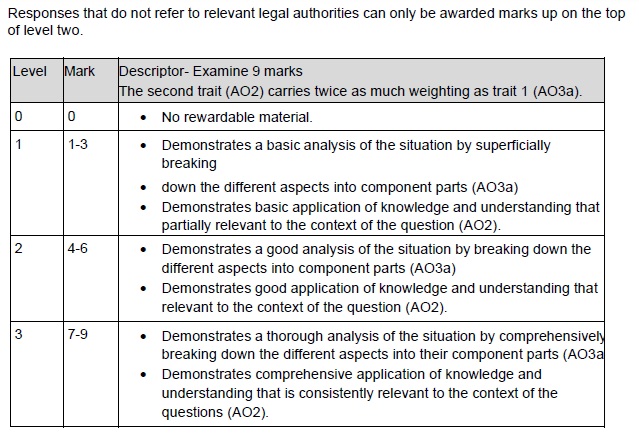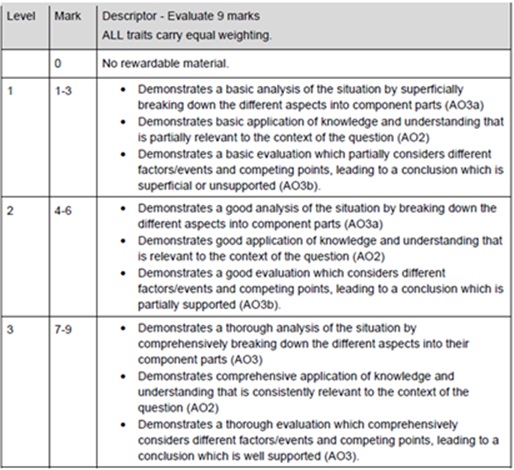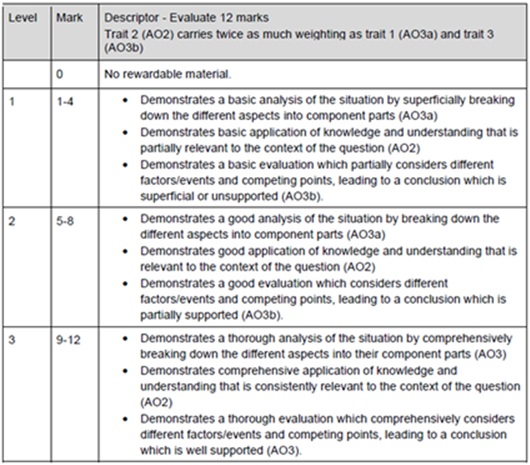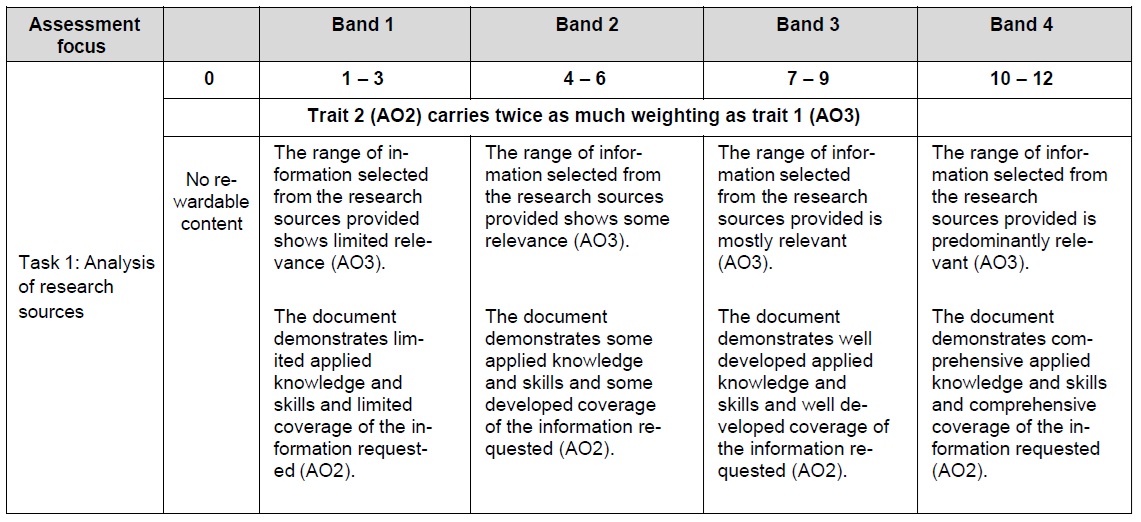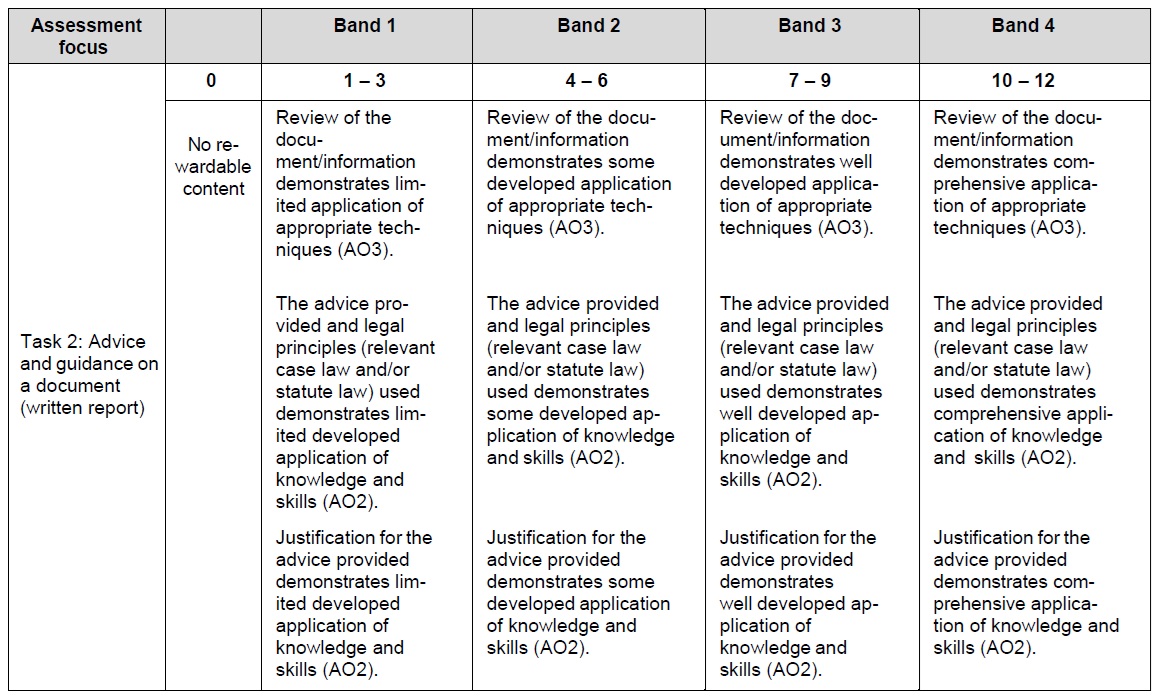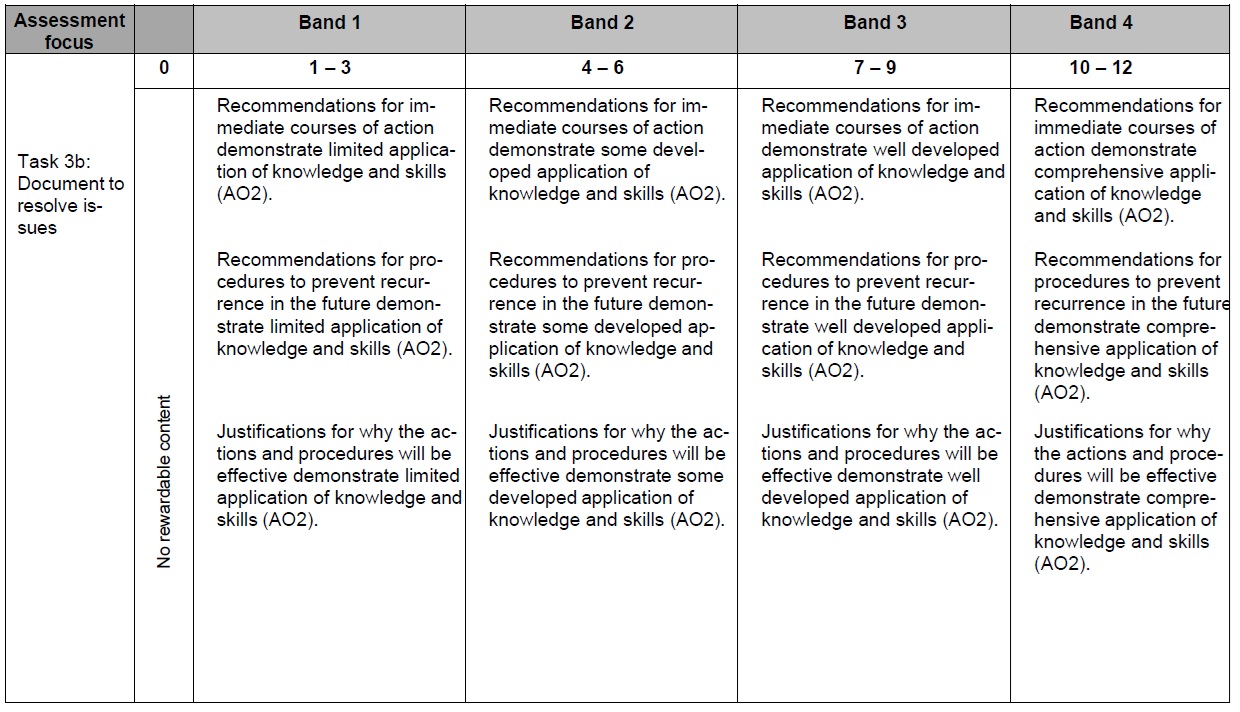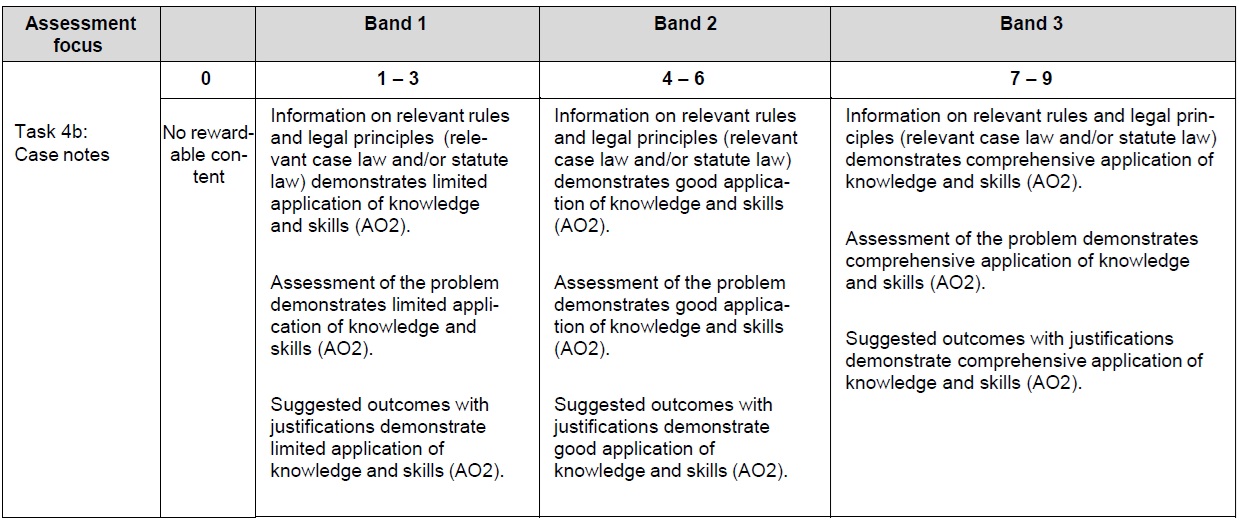● The project outcomes consist of a portfolio of evidence submitted electronically.
● Students undertake a project in response to a realistic contextual challenge.
● Students complete tasks including producing documents such as information guides for colleagues, completed forms, letters drafted for clients, and briefing notes for colleagues/their line manager.
● Students undertake the assessed elements of the project tasks under supervised and controlled conditions.
● The assessment takes place over multiple sessions up to a combined duration of 14 hours.




